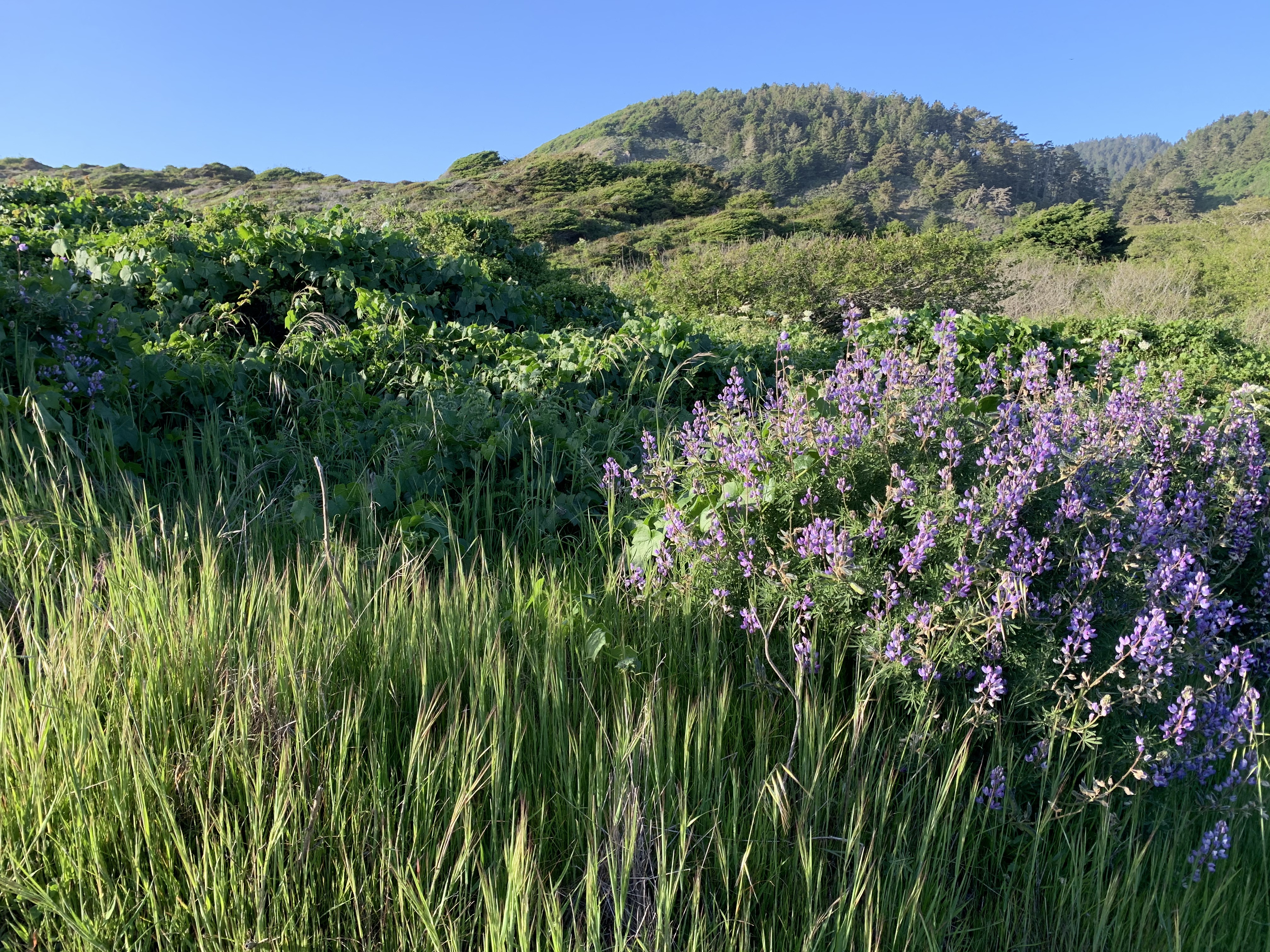Lesson Five: Be Inclusive, Welcome All
The tree is home and habitat to an entire host of forest species. This we know from our very first National Geographic Kid’s adventures, Disney’s Animal Kingdom discoveries and David Attenborough’s BBC Earth series. And in some synergistic cases, specific keystone animals dependent on forests as “critical habitat” help protect old growth ecosystems as a whole from its rich natural history being deforested and legacy destroyed. The spotted-owl’s protection under the Endangered Species Act of 1973 in the Pacific Northwest old growth forest comes to mind as a good example. As well, there are many other iconic large mammals, like the Spirit Bear, or sacred fish, like the Chinook salmon, and miniature Alice in Wonderland earthen critters, like slugs and snails, who all play critical roles in keeping the nutrients flowing and metabolism of the forest going; essentially the community functioning as an interdependent, collective, healthy whole.
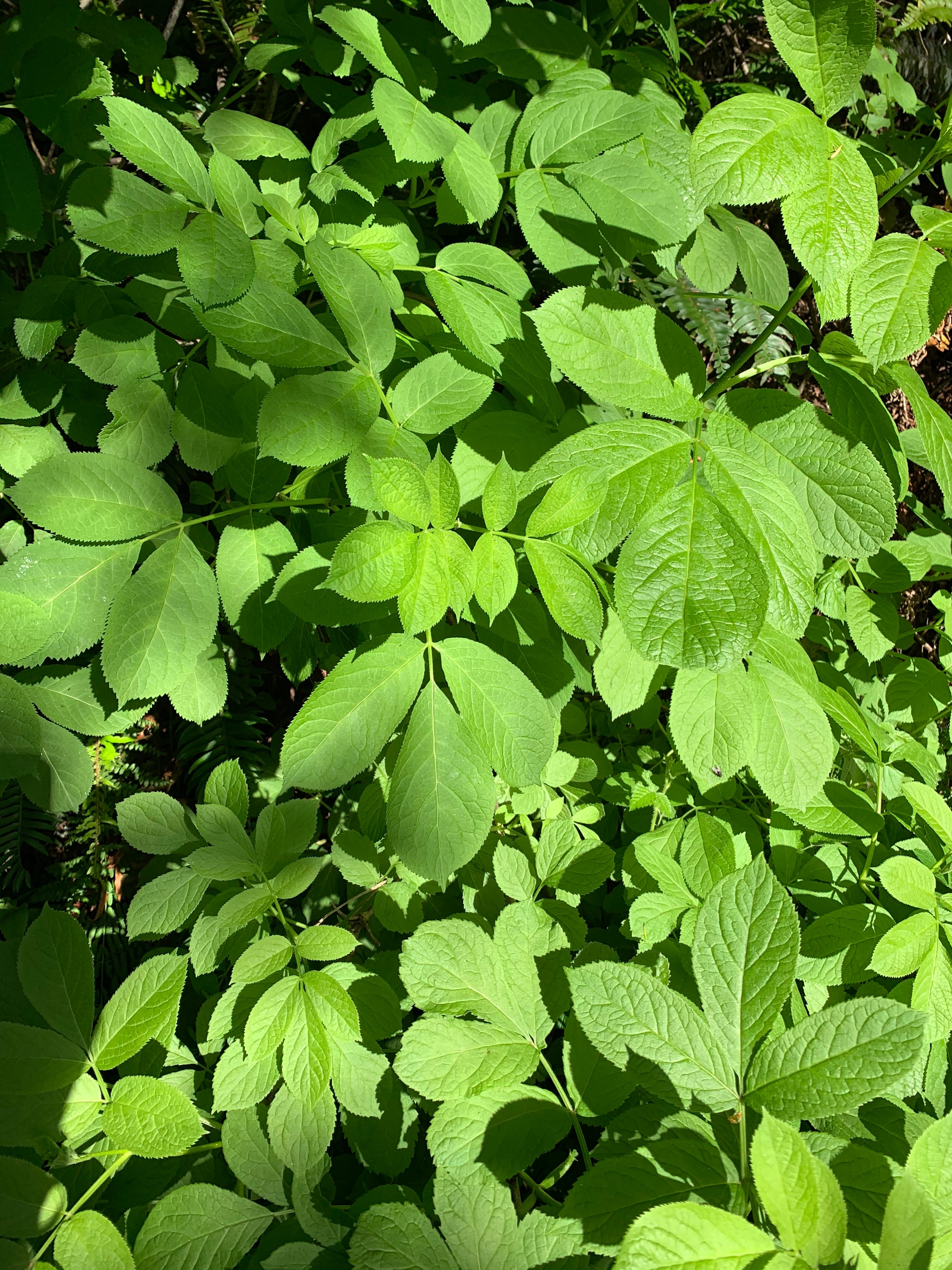
The stories and totems that celebrate different animal characters and contributions to the forest abound. I have explored a few of the most known in my Naturally Intelligent by Design animal picture book and selected animals NI by Design Podcast. There are ecologists, like EO Wilson; naturalists, like David Attenborough (new series) and Robin Wall Kimmerer; and forest experts and ambassadors, like Jane Goodall, Tom Lovejoy, and Sonia Guajagara who have studied and lived in the forest most (or good part) of their lives. They and many others have written papers, lectures, volumes, and books on the importance of maintaining the forest for the trees; the ecosystem for the community of organisms who co-evolved together under one forest canopy roof. Nature’s life philosophy — that all are welcome under the forest cover to live in symbiotic, mutually beneficial relationship to one another — is just perfect for our day, for humanity to biomimic in every way.
What harmony…. What grace… You just can’t find nature’s organic elegance represented so richly and completely in any other human artifice or urban space.
Then starting at the tree’s core, scouting bark beetles simply send pheromone signals out to friends; and in little time an entire colony arrives to the tree as if they’ve reached land’s end. Then, together they bore in and aim to colonize their new found home, incubating their pupae (multiple instars) in beautifully-carved signature tunnels where under the tree’s bark they feast for 7 instars and roam, feeding royally on the tree’s phloem (nutritious food resource). Although they are silent in their movements to our human ear, the woodpeckers know they are there and peck and pluck these pupae insects from the dark under the bark. The woodpeckers and the young eggs in their nest normally occupy the forest canopy, but sometimes an egg falls; and what appeared a tragedy for the woodpecker becomes the opportunity for the female fox who needs to feed her family, housed in the same tree root den. Of course, the white-tailed deer is also always near. She is the Artemis protectress of the forest sphere, who also browses the understory plants until winter comes and covers them with snow, so to the lichen on trees when summer forage is gone, she’ll go.
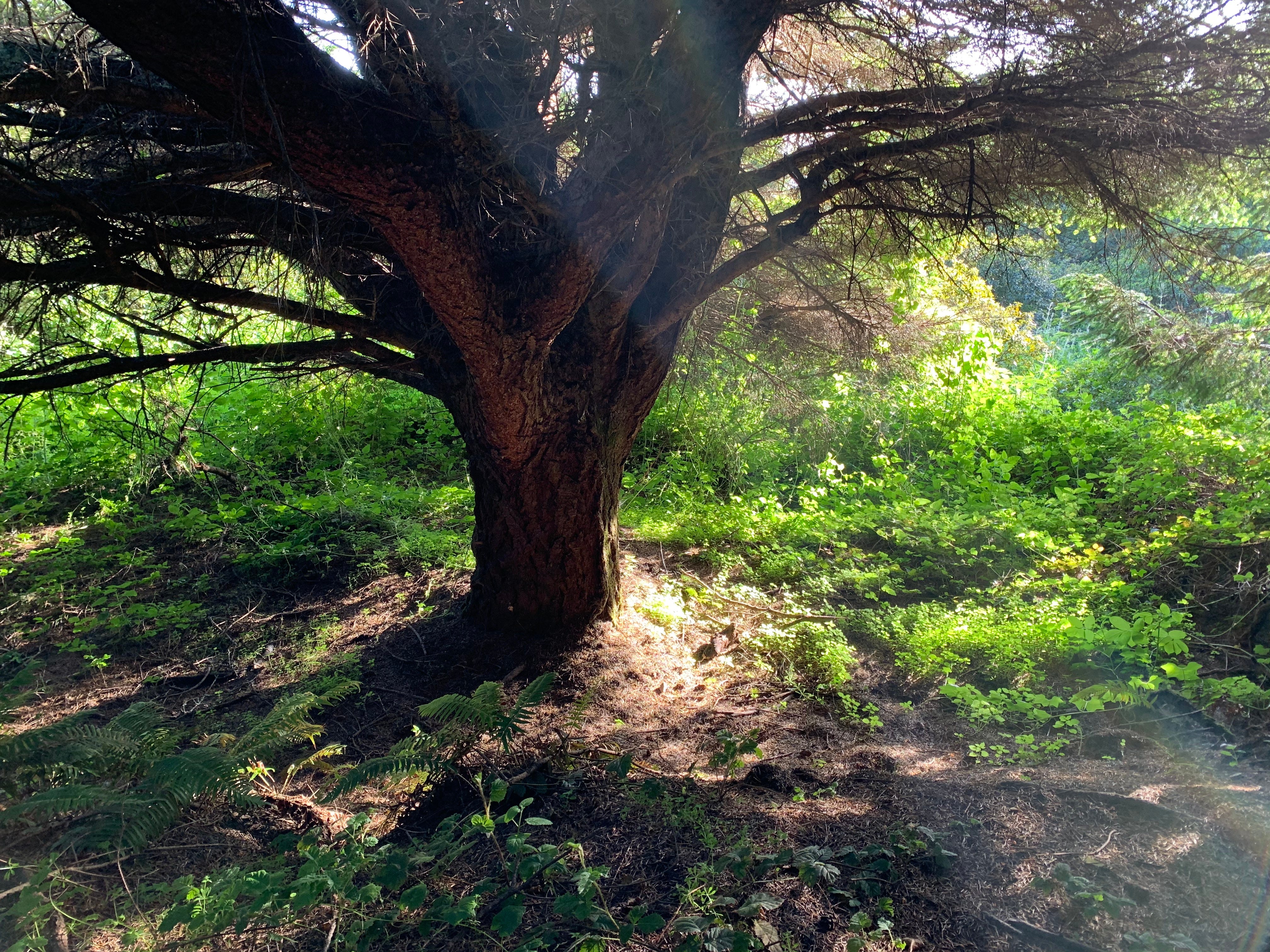
How is it that in one forest corner alone, such a rich natural history tale can be so naturally sown?
If we travel south to the tropical forests, then the forest story also explodes in life abundant in the canopy alone from flying squirrels, to lemurs and chimps, to parrots, macaws, toucans and 100’s of other colorful, interesting birds; frogs and snakes, butterflies, chameleons…
The whole community is too vast to speak and we haven’t even touched on the fire ants, or slough narrative at its peak. These forests and their biodiversity are the wealth of our planet. And, yet we have valued the forest for its trees; decapitated many on a sawmill when we thought there were plenty. You know his sawmill work in Yosemite is what fired up John Muir to protect his adopted forest from further development –the enemy. And it is his passion and persistence, which gave rise to the first true earth day resistance, which finally birthed the first US National Park — Yellowstone in 1872 to preserve the area “for the benefit and enjoyment of the people in nature” for nature and people to co-exist. Sadly until now most people have forgotten the value of a tree and so many forests have been cut and burned, but now after this horrific year of massive worldwide fires, perhaps we are beginning again to learn.
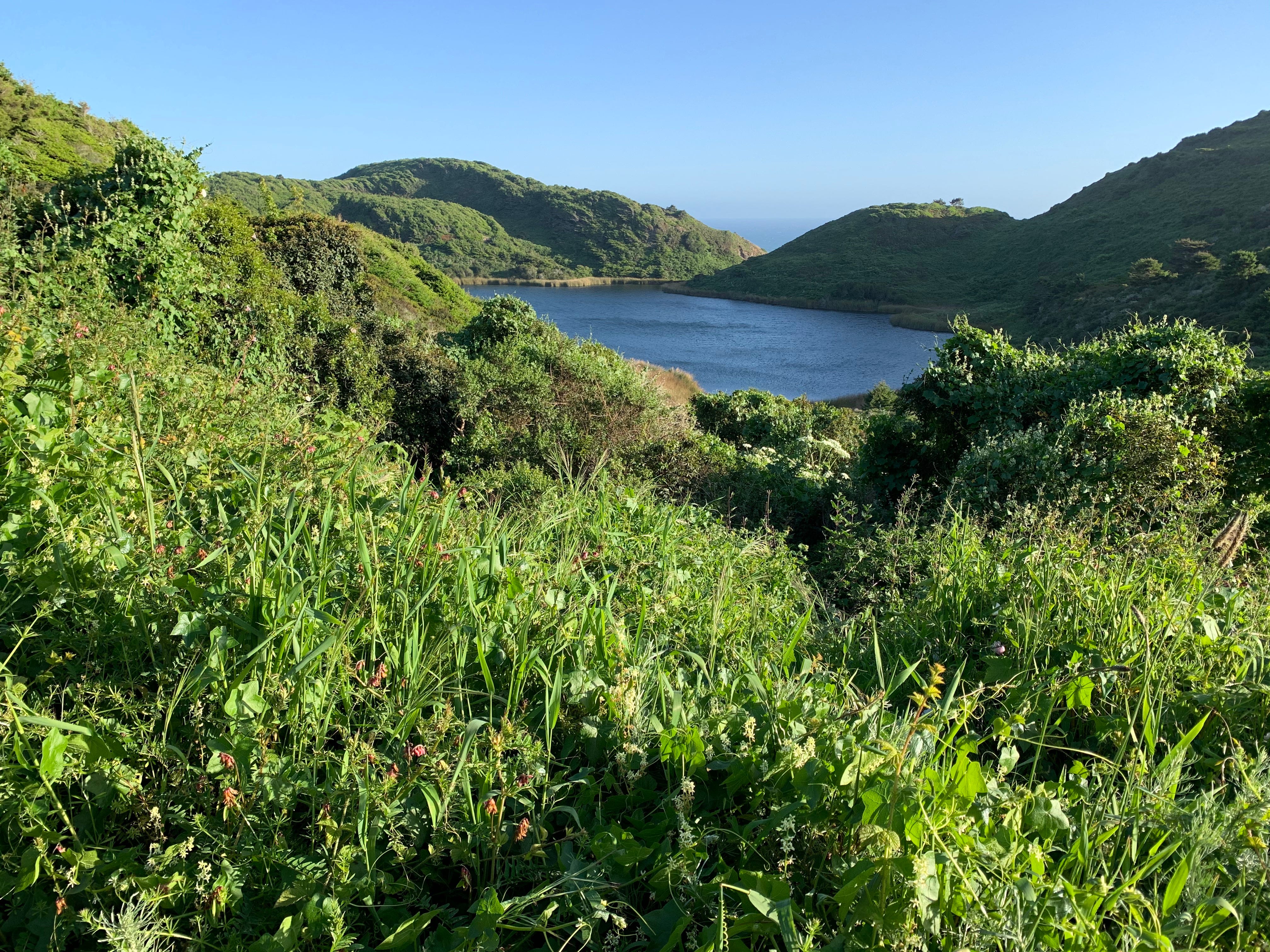
Welcome to the New World
Tragically, it is only recently before the corona virus attack that we came to realize the holy shit mess we are in with nature. But we are not too late and strangely with the virus having slowed down and shut down the world for a time; nature has been able to finally relax, breathe, and recline. In a BBC news interview, Sir David Attenborough, the 93-year old trusted ambassador for the earth, reflected on the fate of humanity, recognizing that we were the last truly organic generation of Homo sapiens to live. The path is clear; whether we try to travel to the stars or stay on earth here; the world as we know it is now gone. It will not re-appear. But what we must now guard against is the replacement of all that humanity holds dear by artifices and electronics — digital zeros and ones, upgrading our human intelligence by a power of none. For the miracle of the evolution of all that is human- the accumulation of natural intelligence of life nurtured over 3.8 billion years, is clear. And, this miracle of the biosphere I simply can’t imagine we would allow, if we knew its value, to disappear.
That said, the reality is that today we suffer biological loss and ecosystem collapse at an unprecedented scope and scale. I’ve written in many articles these past years about the tragedy of the commons; the loss of 52% mammalian wildlife and the human domination of terrestrial ecosystems by 70%. If we really care; and we don’t now dare despair; but are willing to share; then we can grab this corona virus by its virtual lungs and breathe life back into ourselves and our communities by regenerating our bioregional homes.

We will need $300–400$ billion USD annually to pay — to preserve and to restore these ecosystems, worldwide and to protect 50% of the natural world as wild. But to put our preventative and restorative actions into valuable perspective, our global response to the COVID 19 crisis according to IMF managing director and chair, Kristalina Georgieva; will be a war chest amounting to more than $1 trillion USD to be now optimally effective. On top of this, the pains of hunger and poverty and armed conflict over land and resources have not gone away. And, we will still need to produce 70% more food on 25% less land, or the global situation will get worse. That said, the positive path forward for all is to adopt carbon neutral, energy and resource efficient lifestyles. And hopefully the limited access to consumer goods and services (even online) during this corona virus has taught us to value what we have, to use less, to save, and to savor more. Further, we’ll need to develop and to power our world with 100% renewable energy. We’ll need to connect people to nature in order to maintain our personal and planetary health- one in the same. Climate change, widespread destruction of nature, increasing frequency- intensity of natural disasters, and extraordinary biodiversity loss are real. And now we know that global pandemics can literally shut down world commerce, destroy livelihoods, and predate on our species. Thus, it is clear that there will not be a business-as-usual scenario when we emerge from the COVID19 crisis. Our global economy, trade, and way of life are now forever disrupted. However, the good news is that what at first appears the worst thing to happen to humanity could actually be the best thing to happen to humanity.
We now have a real opportunity on the other side of the COVID 19 crisis to reimagine our communities, local commerce, regional trade, and global travel in ways that are healthier and better for us. We can recreate our relationship to natural ecosystems in more balanced ways that allow biological communities to breathe again and to return to full vitality. Philippe Coustaeu (Jacques Cousteau’s grandson) loves to tell the story of the radioactive sharks — sharks who returned to the Marshall Island chain and stimulated a revitalization of the entire pelagic paradise only 20 years after the islands had been bombarded and 100% destroyed by nuclear test bombs. Nature knows how to recover if we don’t decimate first the biodiverse intelligent defense system we have already in place. We just have to give mother earth a little space… and now with the COVID 19 crisis locking humanity inside; the good news there is that the family is forced in closed quarters to learn to sustainably co-exist and nature is allowed for a while without the footprint of humanity in its midst; to for a moment, breathe freely and persist.
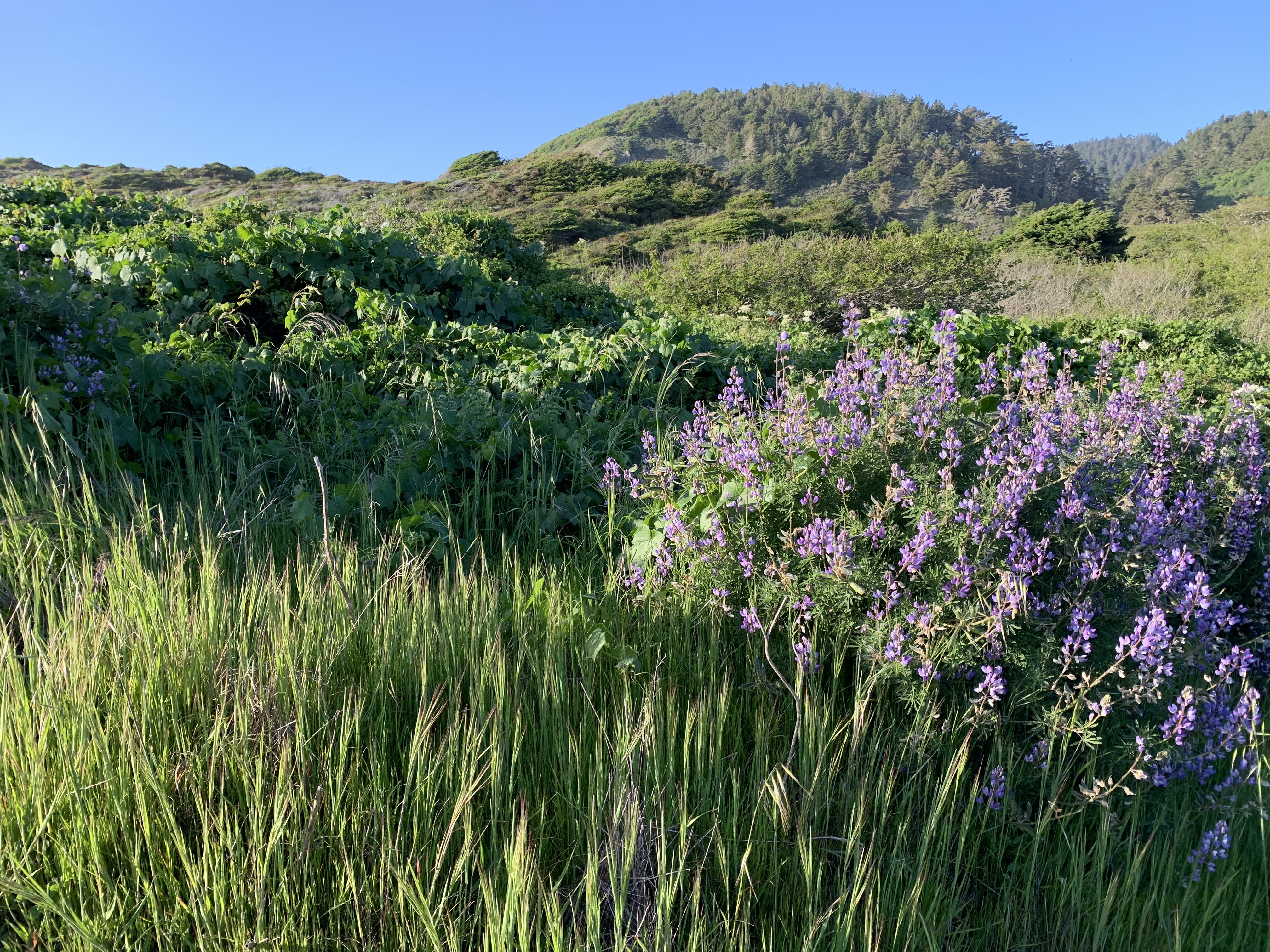
So what do we do to support our human+nature relationship at this time? Political and business leaders will be challenged to create new policies, protocols, and long-term programs to regenerate the new climate, nature-based economy. Even now, we can engage global citizens in a hyper-local (and for the time being, virtual) way to actively participate in the regeneration of our homes and the biosphere in our backyards. But we have to make our approach super cool, exciting, entertaining, engaging, positively addicting, and globally viral in order to reach our 50% re-wilding on land and sea New Deal for Nature goals by 2030.
And now to our tact, it must be an all for one and one for all worldview that will prevail or we will surely fail because like it or not; life is linked. We are all voyagers on spaceship earth; and we aught to have an astronaut’s planetary perspective that on this imperfect, organically evolved biosphere, we can’t draw a discriminatory line between you or me or the tree. As in a forest it becomes abundantly clear, in order to survive — synergy we ought to hold dear. We all have a role to play in this dance called life. There is a reason we are each here.
Welcome Home
It’s often said that home is where the heart is. So when someone opens his home, he is no longer alone because he opens his heart. Conversely, when he closes and locks the door, he means to shut you out of his heart, life, family, circle of friends, and home. People can sometimes be cruel — exclusive in thinking and limited in being. But, in the forest, the door is always open. All living organisms are welcome home. No one is ever rejected or meant to feel alone. And the good news is that the truth that the Indigenous Peoples have always known is that the earth is for every one of us, our common home. No matter who we are or what we do or where we live we are valued by life. We are an essential force of nature. And, regardless of how other people may treat us or find false prejudice, or call us foreign because of our different skin tone, on earth and in the forest we are never really alone. If the pandemic doesn’t make the truth of our connected existence impeccably clear; then I believe it is important for us to reflect more deeply on who we really are, ultimately a shining star. The truth of our reality is that the circle of life and the compassion, which holds us together, has no beginning or end. Everyone deserves love.
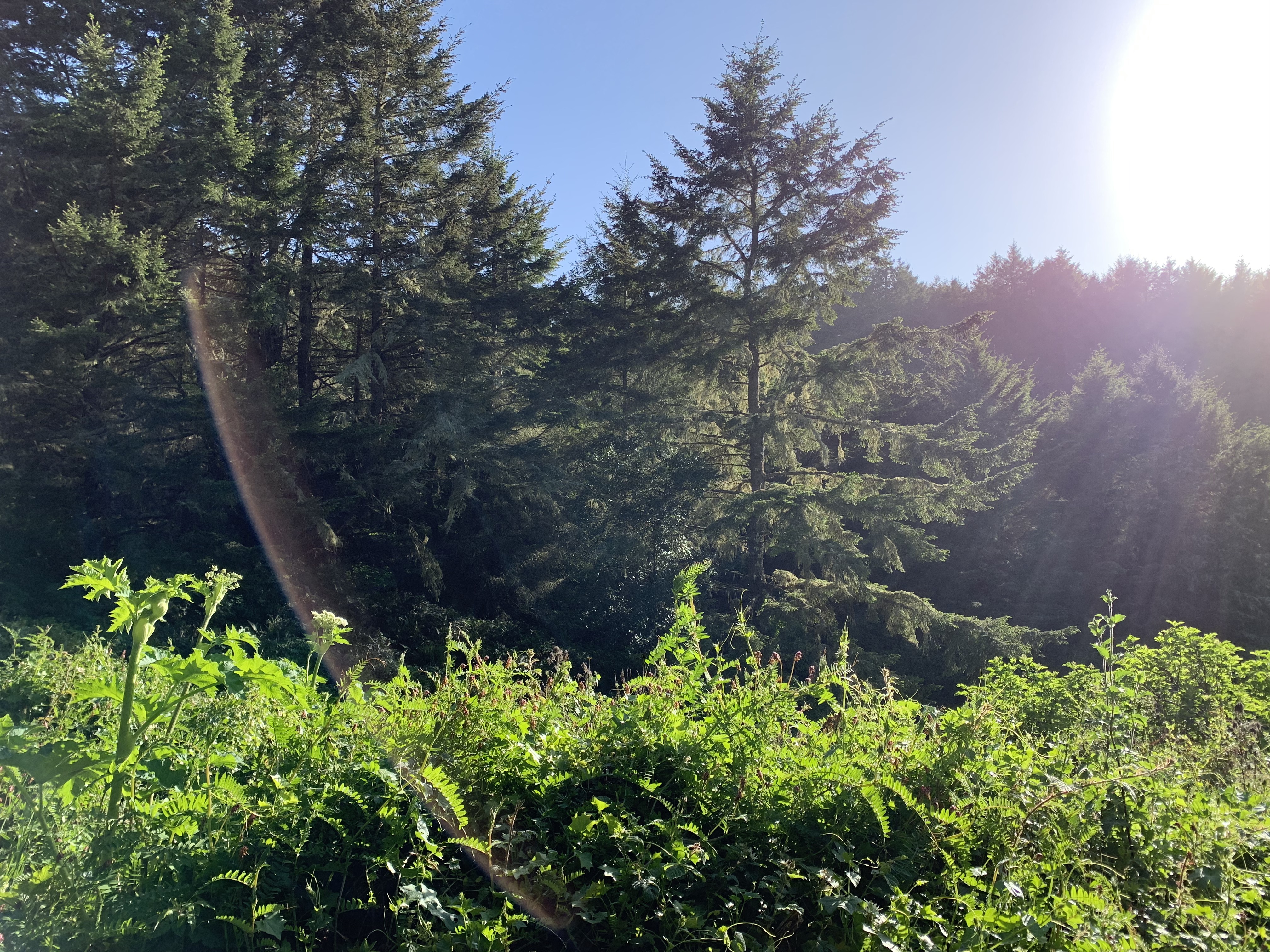
“When we try to pick out anything by itself; we find it hitched to everything else in the universe.” John Muir
Dedication to the 1 Trillion Trees Project
There are a little over 3 trillion trees on the planet. That’s about 400/person; but as I said earlier, its 50% less than we had before cities. How can we biodivert cities and return nature to the heart of our human civilization? What can we do to bring nature back to you? And, the first super-simple, super-easy, super-techno thing you can do is to shift your search engine from Google to Ecosia. Ecosia converts your clicks into virtual coin that they invest in forest restoration and tree planting. Check it out. They just launched and are on their way to planting now 90 million trees. (seems 1/second) Visit One Trillion Trees project
Dedication to the guardians of the forest, Nia Tero
We are all native to planet earth; and yet Indigenous Peoples are the guardians of our vital ecosystems. They embody nature’s wisdom in their rich cultures, intergenerational communities, and earth connections. They can show us how to recover our Human+Nature health and how to well celebrate our sustainable home. Visit Nia Tero
Dedication to the Mycelia, Fungi Perfecti
Mycelia are the naturally intelligent networks of our planet. As virtual shopping and online purchasing now explodes and spreads virally — almost as fervently as the corona virus itself; the environmental footprint of packaging likely also sky rockets. The good news is that the problem of unsustainable packaging must be addressed in the new circular economy-driven world we want to emerge into at the other end of CV19. I love all the online shopping one can do for mushroom health and soil composting and citizen science engagement to help re-vitalize bee populations on Fungi Perfecti; but where did the Life Box go???? I can only now find a site for Live Box sport’s and entertainment streaming.
Dr. Catherine Cunningham, PhD, Natural Intelligence Media is committed to awakening Natural Intelligence in the World. She produces multimedia content — books, films, and podcasts with her creative companions that aim to inspire everyone, everywhere to live a happy, healthy, naturally intelligent life.
Visit our Natural Intelligence Website HERE.
Participate in our “Combatting COVID-19 with Compassion” Heart Campaign HERE
Listen to my Naturally Intelligent by Design Podcast, featuring strategies from animals in our world to adapt to disruptive environmental change. HERE
Listen to our Natural Intelligence Worldwide Podcast HERE.


